| Plant Habit: | Herb/Forb |
| Life cycle: | Perennial |
| Sun Requirements: | Full Sun |
| Water Preferences: | Mesic Dry Mesic Dry |
| Minimum cold hardiness: | Zone 5a -28.9 °C (-20 °F) to -26.1 °C (-15 °F) |
| Plant Height: | 3 feet |
| Plant Spread: | 3 feet |
| Leaves: | Unusual foliage color Fragrant |
| Flowers: | Showy Fragrant |
| Flower Color: | Pink |
| Flower Time: | Late summer or early fall Fall Late fall or early winter |
| Underground structures: | Taproot |
| Suitable Locations: | Xeriscapic |
| Uses: | Cut Flower Dried Flower Will Naturalize Suitable as Annual |
| Wildlife Attractant: | Bees Butterflies Hummingbirds |
| Resistances: | Deer Resistant Rabbit Resistant Tolerates dry shade |
| Propagation: Seeds: | Self fertile Can handle transplanting Other info: Good self-seeder |
| Propagation: Other methods: | Cuttings: Stem Division |
| Pollinators: | Bees |
| Containers: | Suitable in 3 gallon or larger Needs repotting every 2 to 3 years Not suitable for containers |
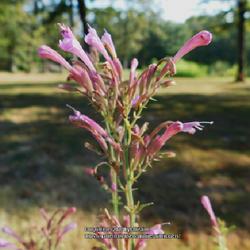
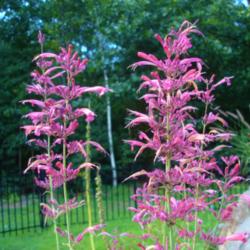
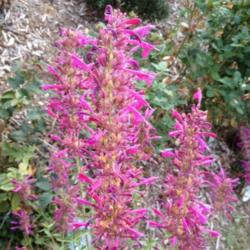
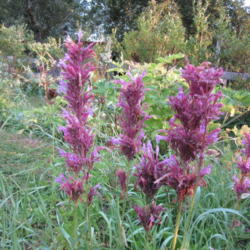
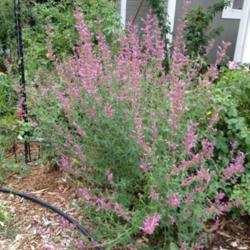


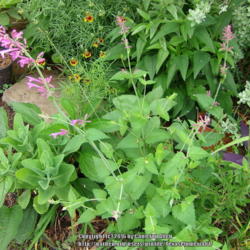

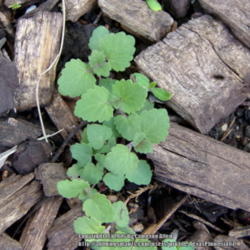
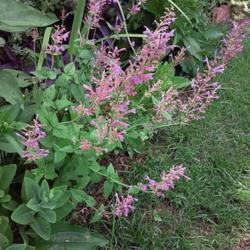


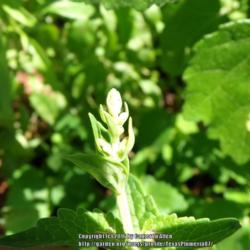
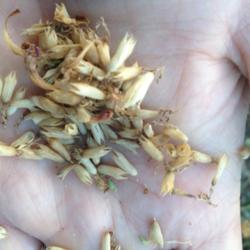
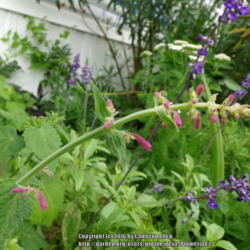

| MrsBinWY | On June 1, 2019 | Transplanted On 6-1-2019, planted 3 by Partridge Feather (Tanacetum densum ssp. amani). |
| MrsBinWY | On May 19, 2019 | Transplanted On 5-19-2019, planted 3 by side door trellis. |
| MrsBinWY | On May 19, 2019 | Transplanted On 5-19-2019, planted 5 in alley, middle of garden hoop. |
| MrsBinWY | On May 13, 2019 | Potted up 14 |
| MrsBinWY | On March 17, 2019 | Seeds germinated 8 |
| MrsBinWY | On March 10, 2019 | Seeds sown 16 seeds from 2017G in milk jug @ room temp |
| MrsBinWY | On February 23, 2018 | Seeds germinated 12+; 19-20 up on 2-27-18 |
| MrsBinWY | On February 18, 2018 | Seeds sown 25 seeds from 2017 garden; medium-warm room temp |
| UncleWill | On September 15, 2018 | Plant Ended (Removed, Died, Discarded, etc) Died during hurricane |
« Add a new plant to the database
» Search the Anise Hyssops Database: by characteristics or by cultivar name
« See the general plant entry for Anise Hyssops (Agastache)
« Visit the Agastache and Salvias forum